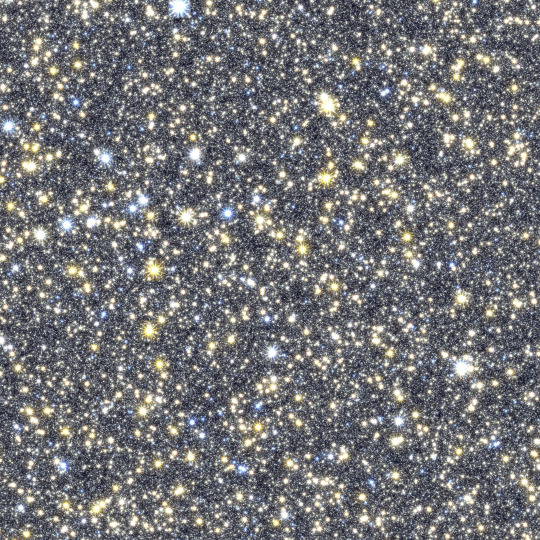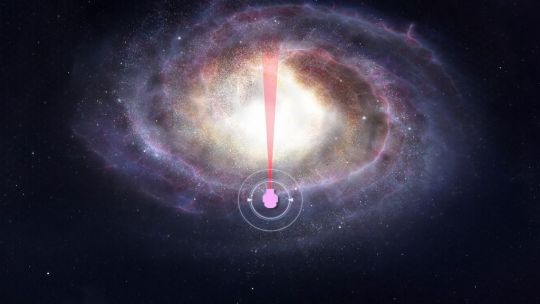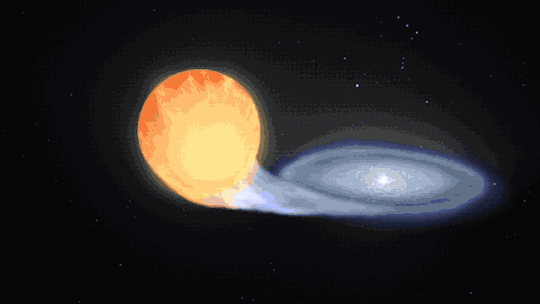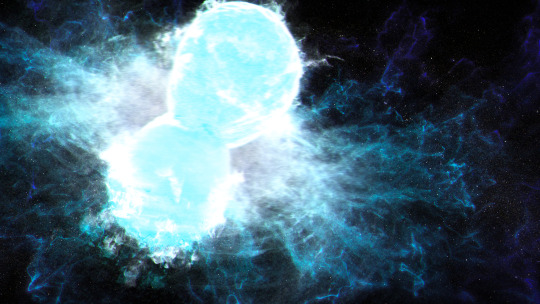#*time
Text
1K notes
·
View notes
Text

A comic I made for/of my birthday
671 notes
·
View notes
Note
Hey I'm the one who asked about the lucid dreaming methods. And no , you didn't ask a dumb question. Actually, I am trying to enter the void state through a lucid dream , and I would like to know the various methods or techniques that help to induce a lucid dream soo I can enter the void state 😅.
Hi! Thank you for clearing that up!
Some years ago, I started searching a lot about lucid dreaming, and some techniques were really interesting.
I'll put my head up. I don't remember the names of those technicians, so I'll try to identify them by summarizing.
Here are some basic and common tips:
Lucid dreaming is when you realize you are dreaming and have some control over what happens in your dream. To enter the state of lucid dreaming, you have to be aware that you are sleeping and that you are actually living in a dream, and that is the most difficult part of lucid dreaming. When exploring methods, I saw that most require you to meditate or keep your mind engaged while your body sleeps. (The main idea behind a lucid dream is that you can change it and even create a new approach.)
-wake up and fall asleep. (5/10; too complicated)
This method is one of the first that I tried, and in the long run, it is just tiring, at least for me. Basically, you fall asleep and have to wake up at least 3 hours later. Once you wake up, you go back to falling asleep, but this time you will slightly move one finger up and down. It does not have to be a full motion; it must be the softest touch possible because your brain must be alert but not totally awake in order to return to sleep.
-using your imagination. (7/10; good to keep your mind active)
This is how I fall asleep on a daily basis, and I only discovered a few years ago that it was a legitimate way. Simply sit in your most comfortable position and begin to envision whatever. It does not have to be about manifesting or entering the void, although if that is your objective, I recommend you do so.
-Write down your dreams once you are awake. (8/10; it is a slow method).
Something that I actually started doing is writing my dreams in a journal or in my note app, giving them titles, and writing down any details that I can remember. This not only helps us grasp the significance of our dreams, but it also teaches our brain that our dreams are significant, and you will begin to remember more, eventually leading to vivid and lucid dreams. I also suggest that you keep track of the time you sleep (I use my smart watch that tells me all the data when I sleep, but you can simply track the time).
-guided meditation (6/10; I have ADHD; I simply can't focus enough.)
This is a great way to also relax your body and become aware of your surroundings when you are falling asleep. They are easy, and I actually suggest you try them.
It is not an effective strategy for me because I tend to divert myself, but you are your own person!
-Some shifting methods (8/10; believe me, they're worth it)
Several shifting methods, such as the Raven and Julia methods, are unintentionally good for beginning with lucid dreams.
They help you because they keep your mind active and your body tired.
and i think that's all!
@ddaycoming (i tagged you because you asked for some methods about lucid dreaming, forgive me if i disturbed you.)
If you are interested in other methods, I have a masterlist of things I have already talked about, and if you have more questions, don't be afraid to ask!
#manifestation#manifesting#shifting methods#loa methods#manifestation method#spiritual development#manifesation#journal#explain the method#explained#lucid dreaming#dreamcore#fever dream#liminal reality#manifestingmindset#neville goddard#affirm and persist#law of assumption#loassumption#void state#loa tumblr#loass#loa blog#loa success#the void state#loassblog#loa#the void#void#time
32 notes
·
View notes
Text









#icons dua lipa#dua lipa icons#dua lipa icon#icons dua#dua icons#dua icon#radical optimism#time#girls icons#dua lipa#icon dua lipa#stuff dua lipa#twitter icons#dl3#pack
18 notes
·
View notes
Text

Capturing the past of those "Vintage" years!
May their gentle beauty through time,
for ever last ... Misha
16 notes
·
View notes
Text

This is how you move on
24K notes
·
View notes
Text

Joan Didion, from Blue Nights
14K notes
·
View notes
Text
#poll#random polls#poll time#my polls#tumblr polls#polls#random thoughts#random#nonsense#fun stuff#time travel#time machine#time
11K notes
·
View notes
Text

#The Pros and Cons of Looking at Your Watch#pros#cons#pros and cons#time#unreality#I really thought I had something with this
29K notes
·
View notes
Text
2K notes
·
View notes
Text

every clock is a cop
4K notes
·
View notes
Text

A simulated image of NASA’s Nancy Grace Roman Space Telescope’s future observations toward the center of our galaxy, spanning less than 1 percent of the total area of Roman’s Galactic Bulge Time-Domain Survey. The simulated stars were drawn from the Besançon Galactic Model.
Exploring the Changing Universe with the Roman Space Telescope
The view from your backyard might paint the universe as an unchanging realm, where only twinkling stars and nearby objects, like satellites and meteors, stray from the apparent constancy. But stargazing through NASA’s upcoming Nancy Grace Roman Space Telescope will offer a front row seat to a dazzling display of cosmic fireworks sparkling across the sky.
Roman will view extremely faint infrared light, which has longer wavelengths than our eyes can see. Two of the mission’s core observing programs will monitor specific patches of the sky. Stitching the results together like stop-motion animation will create movies that reveal changing objects and fleeting events that would otherwise be hidden from our view.
youtube
Watch this video to learn about time-domain astronomy and how time will be a key element in NASA’s Nancy Grace Roman Space Telescope’s galactic bulge survey. Credit: NASA’s Goddard Space Flight Center
This type of science, called time-domain astronomy, is difficult for telescopes that have smaller views of space. Roman’s large field of view will help us see huge swaths of the universe. Instead of always looking at specific things and events astronomers have already identified, Roman will be able to repeatedly observe large areas of the sky to catch phenomena scientists can't predict. Then astronomers can find things no one knew were there!
One of Roman’s main surveys, the Galactic Bulge Time-Domain Survey, will monitor hundreds of millions of stars toward the center of our Milky Way galaxy. Astronomers will see many of the stars appear to flash or flicker over time.
youtube
This animation illustrates the concept of gravitational microlensing. When one star in the sky appears to pass nearly in front of another, the light rays of the background source star are bent due to the warped space-time around the foreground star. The closer star is then a virtual magnifying glass, amplifying the brightness of the background source star, so we refer to the foreground star as the lens star. If the lens star harbors a planetary system, then those planets can also act as lenses, each one producing a short change in the brightness of the source. Thus, we discover the presence of each exoplanet, and measure its mass and how far it is from its star. Credit: NASA's Goddard Space Flight Center Conceptual Image Lab
That can happen when something like a star or planet moves in front of a background star from our point of view. Because anything with mass warps the fabric of space-time, light from the distant star bends around the nearer object as it passes by. That makes the nearer object act as a natural magnifying glass, creating a temporary spike in the brightness of the background star’s light. That signal lets astronomers know there’s an intervening object, even if they can’t see it directly.

This artist’s concept shows the region of the Milky Way NASA’s Nancy Grace Roman Space Telescope’s Galactic Bulge Time-Domain Survey will cover – relatively uncharted territory when it comes to planet-finding. That’s important because the way planets form and evolve may be different depending on where in the galaxy they’re located. Our solar system is situated near the outskirts of the Milky Way, about halfway out on one of the galaxy’s spiral arms. A recent Kepler Space Telescope study showed that stars on the fringes of the Milky Way possess fewer of the most common planet types that have been detected so far. Roman will search in the opposite direction, toward the center of the galaxy, and could find differences in that galactic neighborhood, too.
Using this method, called microlensing, Roman will likely set a new record for the farthest-known exoplanet. That would offer a glimpse of a different galactic neighborhood that could be home to worlds quite unlike the more than 5,500 that are currently known. Roman’s microlensing observations will also find starless planets, black holes, neutron stars, and more!
youtube
This animation shows a planet crossing in front of, or transiting, its host star and the corresponding light curve astronomers would see. Using this technique, scientists anticipate NASA’s Nancy Grace Roman Space Telescope could find 100,000 new worlds. Credit: NASA’s Goddard Space Flight Center/Chris Smith (USRA/GESTAR)
Stars Roman sees may also appear to flicker when a planet crosses in front of, or transits, its host star as it orbits. Roman could find 100,000 planets this way! Small icy objects that haunt the outskirts of our own solar system, known as Kuiper belt objects, may occasionally pass in front of faraway stars Roman sees, too. Astronomers will be able to see how much water the Kuiper belt objects have because the ice absorbs specific wavelengths of infrared light, providing a “fingerprint” of its presence. This will give us a window into our solar system’s early days.

This animation visualizes a type Ia supernova.
Roman’s High Latitude Time-Domain Survey will look beyond our galaxy to hunt for type Ia supernovas. These exploding stars originate from some binary star systems that contain at least one white dwarf – the small, hot core remnant of a Sun-like star. In some cases, the dwarf may siphon material from its companion. This triggers a runaway reaction that ultimately detonates the thief once it reaches a specific point where it has gained so much mass that it becomes unstable.
youtube
NASA’s upcoming Nancy Grace Roman Space Telescope will see thousands of exploding stars called supernovae across vast stretches of time and space. Using these observations, astronomers aim to shine a light on several cosmic mysteries, providing a window onto the universe’s distant past. Credit: NASA’s Goddard Space Flight Center
Since these rare explosions each peak at a similar, known intrinsic brightness, astronomers can use them to determine how far away they are by simply measuring how bright they appear. Astronomers will use Roman to study the light of these supernovas to find out how quickly they appear to be moving away from us.
By comparing how fast they’re receding at different distances, scientists can trace cosmic expansion over time. This will help us understand whether and how dark energy – the unexplained pressure thought to speed up the universe’s expansion – has changed throughout the history of the universe.

NASA’s Nancy Grace Roman Space Telescope will survey the same areas of the sky every few days. Researchers will mine this data to identify kilonovas – explosions that happen when two neutron stars or a neutron star and a black hole collide and merge. When these collisions happen, a fraction of the resulting debris is ejected as jets, which move near the speed of light. The remaining debris produces hot, glowing, neutron-rich clouds that forge heavy elements, like gold and platinum. Roman’s extensive data will help astronomers better identify how often these events occur, how much energy they give off, and how near or far they are.
And since this survey will repeatedly observe the same large vista of space, scientists will also see sporadic events like neutron stars colliding and stars being swept into black holes. Roman could even find new types of objects and events that astronomers have never seen before!
Learn more about the exciting science Roman will investigate on X and Facebook.
Make sure to follow us on Tumblr for your regular dose of space!
#NASA#astronomy#telescope#Roman Space Telescope#dark energy#galaxies#cosmology#astrophysics#stars#galaxy#space images#time#supernova#Nancy Grace Roman#black holes#neutron stars#kilonova#rogue planets#exoplanets#space#science#tech#technology#Youtube
2K notes
·
View notes
Text
We ask your questions so you don’t have to! Submit your questions to have them posted anonymously as polls.
#polls#incognito polls#anonymous#tumblr polls#tumblr users#questions#miscellaneous polls#submitted dec 16#time#calendars
2K notes
·
View notes
Text

Some chapters of life don’t actually have an apparent ending. They just fade away silently.
It’s a strange feeling to look back at the past sometimes and see how some parts of life have simply dissolved into nothingness. And even though this poem might sound sad, I believe that being mindful of the transience of life actually helps us to feel all the preciousness and beauty of it.
10K notes
·
View notes
